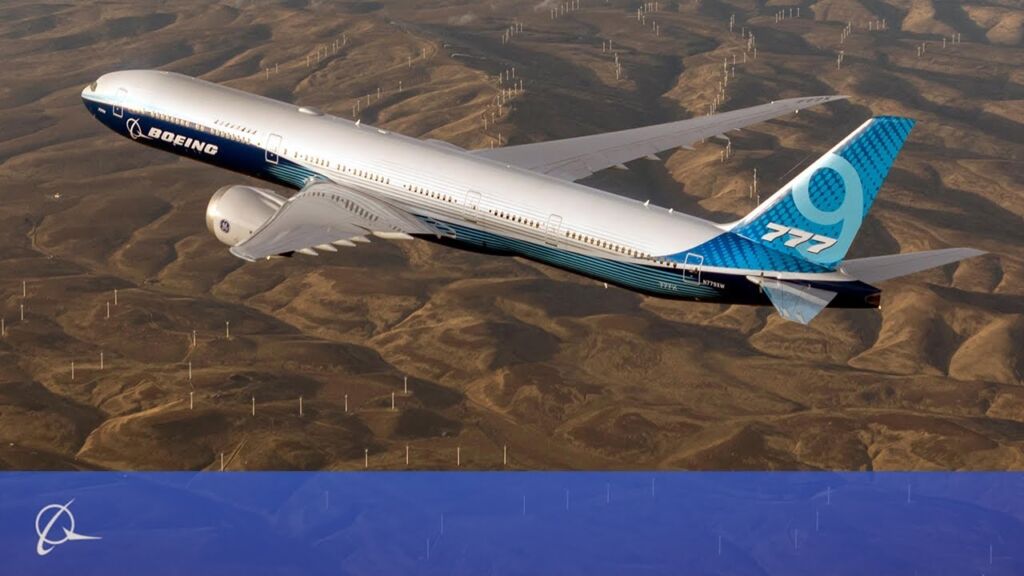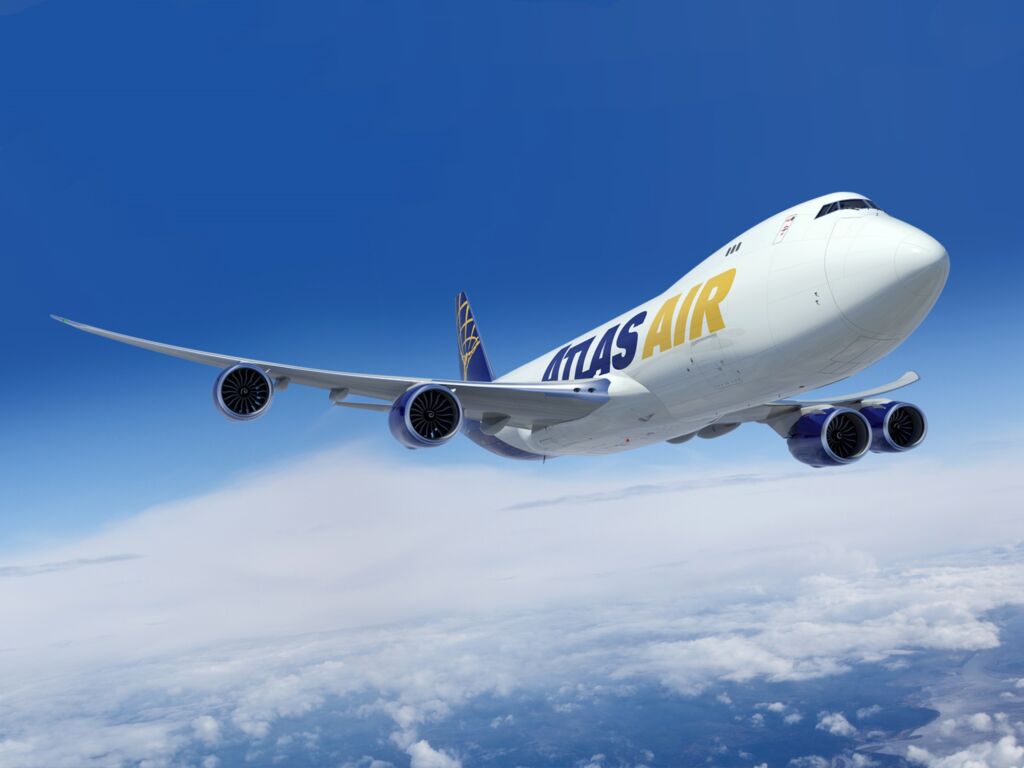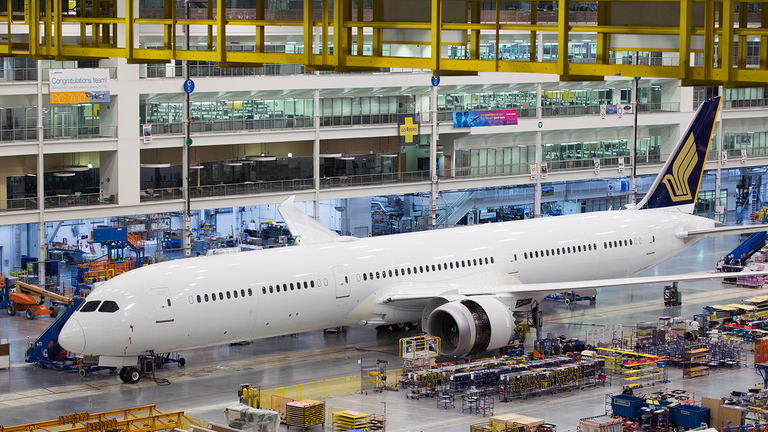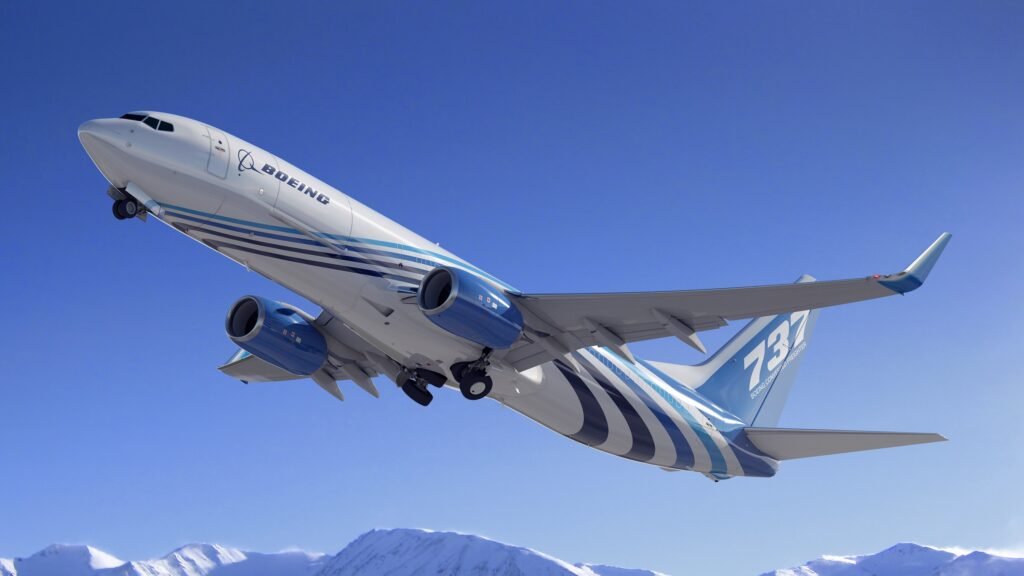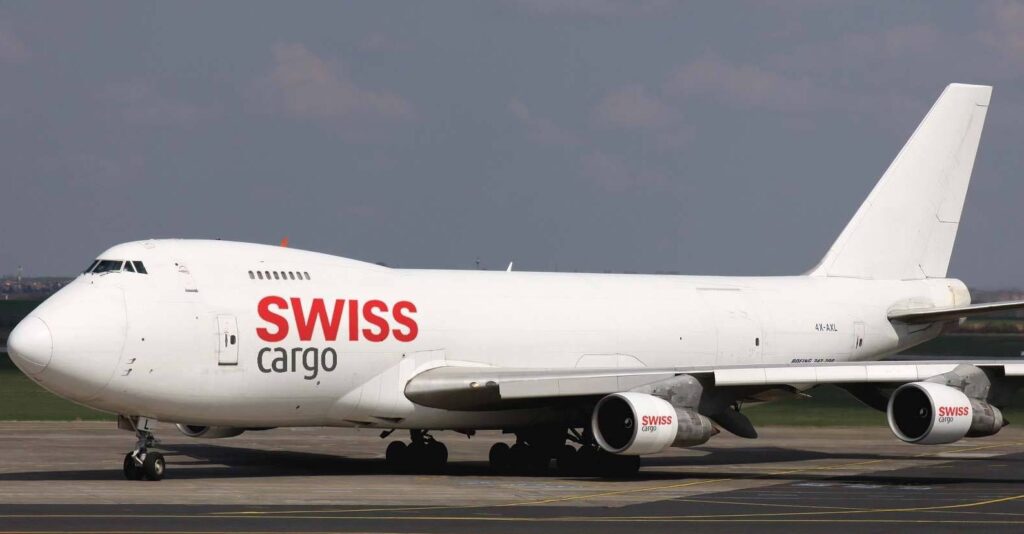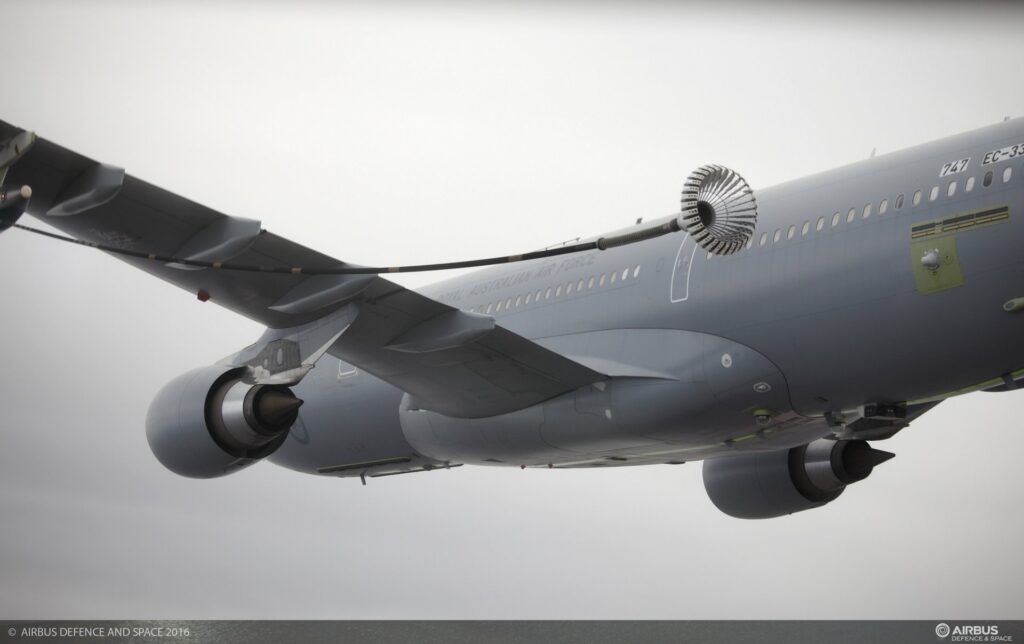Boeing Reports Fourth-Quarter Results
Fourth Quarter 2020 Financial results significantly impacted by COVID-19, 737 MAX grounding, and commercial widebody programs777X program recorded $6.5 billion pre-tax charge; first delivery expected in late 2023737 MAX began receiving regulatory approval to resume operations and…
